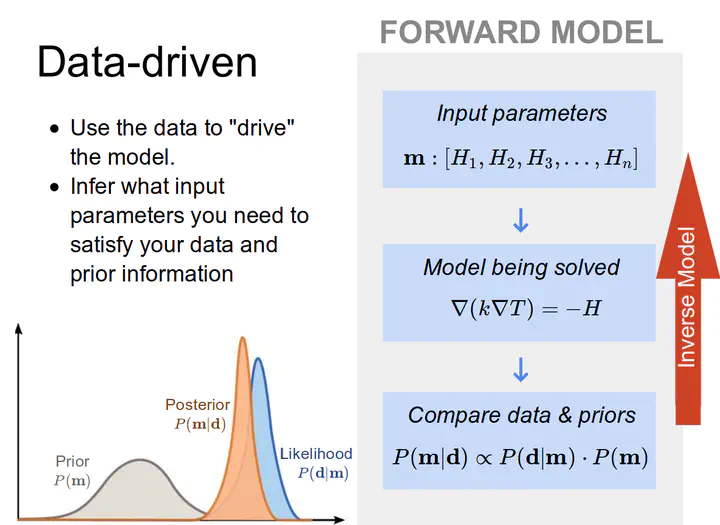All models are wrong: Testing your assumptions (keynote)

Abstract
With the rapid explosion in big data comes an entourage of tools to help interrogate those data – however these methods are often shrouded in mystery. As scientists we often use models to explain our observations, but what if we flip that around and we use the data to inform our models? Bayes’ theorem formally describes the intersection of our observations, the model we are solving, and any prior knowledge we have about the problem. Simply approaching earth science problems in a “data-driven” philosophy can help glean new insights into our problem and quantify uncertainty and internal relationships within our dataset or model. Often it is not just a single “optimal” model we are searching for, rather to quantify its uncertainty is much more desirable. In this talk, I will draw on case studies from thermal modelling and tectonic plate reconstructions to demonstrate how inference can be useful.